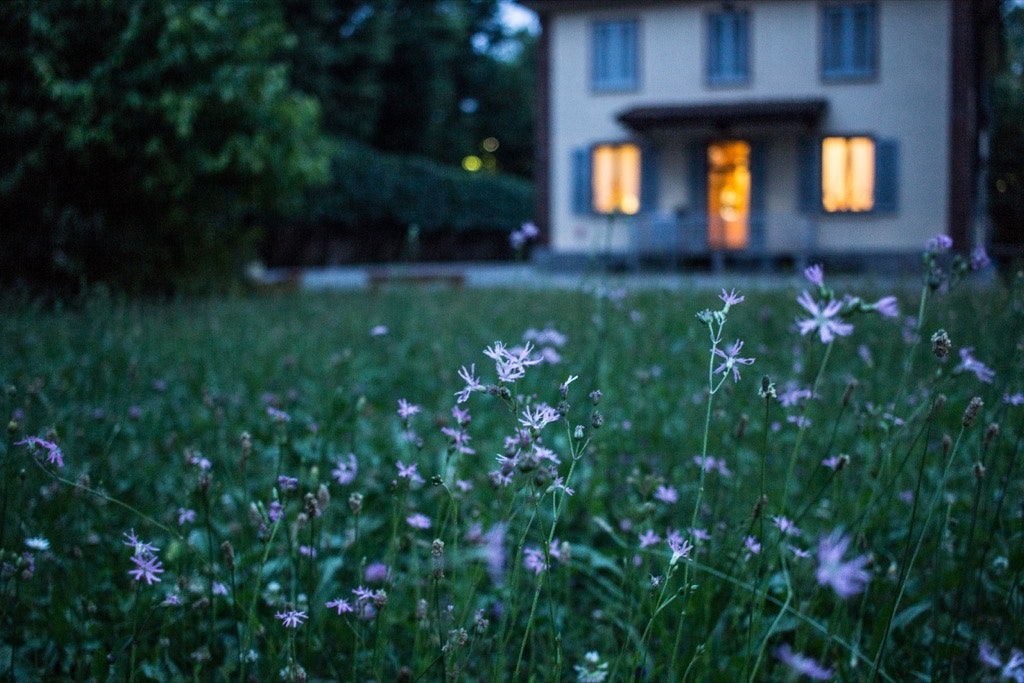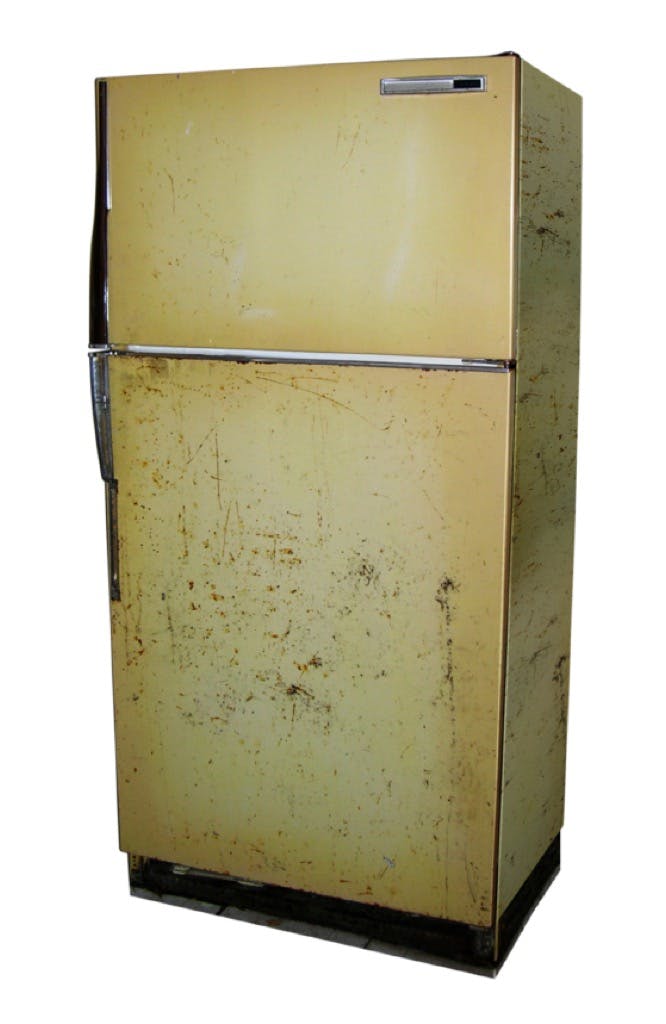5 Ways To Retrofit Homes For Energy Efficiency

Redesigning your home can help with energy efficiency and save you money. Whether your home is from a different century or built this year, there are a multitude of ways to revamp the structures that are taking money right from your pocket. It only takes a fraction, 75,000, of the homes in America to waste as much energy as the BP oil spill - but retrofitting these homes costs only a fourth of what it costs to clean up the spill.
Retrofitting homes has become increasingly popular across the country due to the desire to save money and reduce one's environmental impact, rising energy costs, and the plentiful information on how to do it yourself on the internet. Here are some practical ways you can retrofit your home and be more green:
Install Heating Insulation
Challenge:
Heating can escape from all sides of your home, especially from the roof and the basement... no one wants that during the winter. There are thousands of unsealed corners where this air is released. It is extremely difficult to keep the heat in older homes, but there are ways to avoid this problem in all types of home.
Solution:
The most common solution to this leakage problem is insulation. There are a plenty of green insulation options to choose from to get the job done. You can also seal your windows with inexpensive plastic wrap, caulk, or weatherstrips.
After all of the breaks are sealed, update your heating and cooling system. More energy efficient systems are available for homes, as well as geothermal systems that use no energy at all.
Switch to LED Light Bulbs
Challenge:
Conventional light bulbs can drain your pockets and the energy from your home. Incandescent light uses up to 80% more energy than CFL bulbs. Electric lighting, in general, uses up 25% of the energy budget of an average home. Although we are used to using incandescent light bulbs, there are other options that are cheaper and save more energy. It may not have the same exact lighting effect, but it will do the job, save you money, and take some stress off of the environment.
Solution:
Buy LED and CFL light bulbs. Both are more energy efficient than fluorescent or incandescent, but LED bulbs last longer than CFL bulbs and are available in different levels of brightness and varying sizes.
Check and Replace Wasteful Appliances

Challenge:
Some appliances are taking up more energy than you would expect. Old appliances, especially, are “plug loads” that take up a large amount of energy from your home. Even certain appliances eat up energy and waste your money while they are off.
Solution:
Switch your old fridges and stoves for new, more energy efficient appliances. Although this means you need to use some extra cash to do so, buying an energy efficient fridge or stove will save you money in the long run. You can buy an energy efficient appliance, like Energy Star, but even just upgrading your appliance can save you hundreds of dollars. Even easier, unplug appliances you aren't using! Examples: TV, laptop, desktop, toaster, coffee maker, and lamps.
Add a Sunroom
Challenge:
More than a third of the residents in D.C. rely on electricity to heat their homes, which is even more expensive than the cost of natural gas. This uses up an extreme amount of money and uses unnecessary electricity production.
Solution:
Add a sunroom to your space. Sunrooms can help keep the heat in your home. If you face your sunroom the right direction, vertically glaze the windows, and add vents, you can successfully distribute the heat captured heat throughout your home
What about my apartment?
All of these retrofit changes can easily be done in your apartment as well. All lighting and appliances can be easily replaced, and windows and cracks in the floor just as easily sealed. You will have a smaller space to work with, which makes it even easier to retrofit and make your place more energy efficient.
